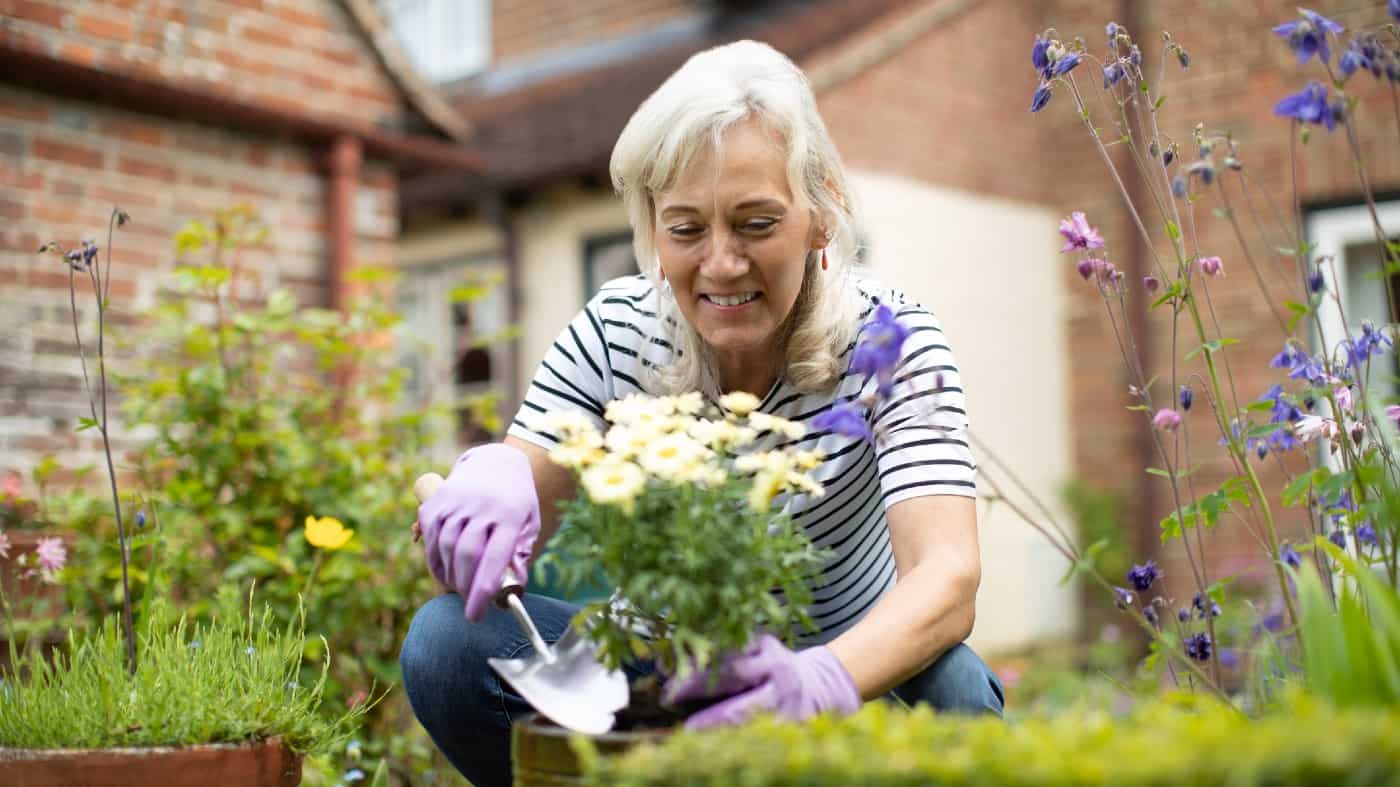A Self-Invested Personal Pension (SIPP) is a fantastic investment tool for individuals looking to improve their retirement wealth. However, a large portion of the British population either doesn’t have one or has minimal pension savings.
In fact, in 2022, the Office for National Statistics revealed that 70% of the British population have less than £56,700 in private retirement savings.
Needless to say, that’s not a lot of money. The State Pension can help supplement these savings. But this may change in the future for better or worse, adding an element of uncertainty. However, even for someone who’s just turned 50, it’s not too late to start bolstering their nest egg. Here’s how.
Leveraging the power of tax relief
Let’s assume an individual has £56,700 in the bank gathering interest. If the goal is to maximise retirement savings, using a SIPP could be a smart move. Apart from putting money to work in the stock market, where it can potentially generate superior returns, investors can reap the rewards of tax relief.
Any money deposited into this special type of investment account will be topped up to refund any previous taxes paid based on an individual’s tax bracket. For those paying the 20% basic rate, that means for every £1,000 deposited, an extra £250 is thrown in from the government.
So if someone were to move the £56,700 out of savings and into a SIPP, their pension pot would instantly grow to £70,875.
That’s certainly not a bad start. But now, the question is how should this capital be invested?
Please note that tax treatment depends on the individual circumstances of each client and may be subject to change in future. The content in this article is provided for information purposes only. It is not intended to be, neither does it constitute, any form of tax advice. Readers are responsible for carrying out their own due diligence and for obtaining professional advice before making any investment decisions.
Growth versus dividends
Generally speaking, it’s typically wiser for investors nearing retirement to focus on lower-risk instruments. Why? Because if another market crash or correction were to suddenly materialise, a SIPP heavily focused on high-growth tech stocks could be sent into the gutter.
However, the right course of action is ultimately dependent on the individual, their risk tolerance, and retirement time horizon. I think a blend of both growth and dividends from established enterprises could be most suitable for my SIPP in the long run. And fortunately, the FTSE 100 is home to plenty of these types of businesses.
Assuming my portfolio can match the index’s 8% historical average return, and I plan to retire at 60, 10 years of compounding would elevate my pension pot to £157,317. That’s almost three times more than I started with!
Allocate wisely
As previously mentioned, the stock market can be a volatile place. And even mature businesses can see their valuations slashed if investor pessimism gets too high. That’s why it’s paramount for investors to always consider risks instead of focusing solely on rewards.
As such, it may be prudent not to throw all my retirement savings into a SIPP. That way, should the market suffer a significant downturn, I still have savings to fund my retirement rather than being forced to sell top-notch stocks at terrible prices.








